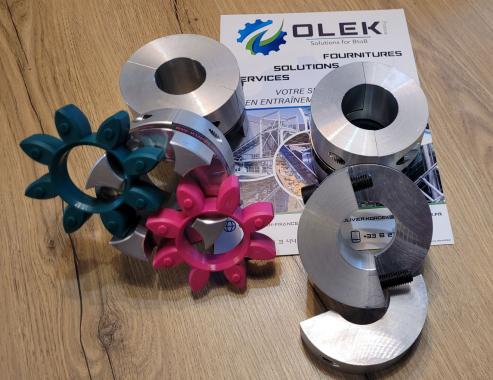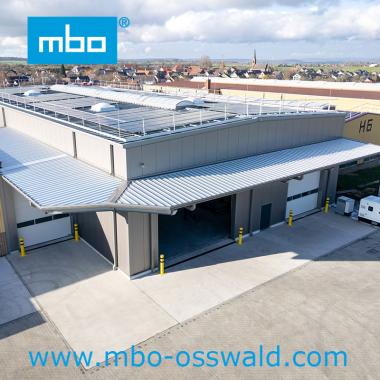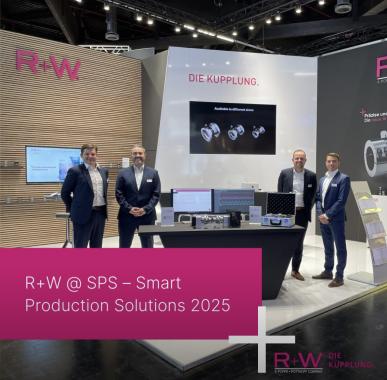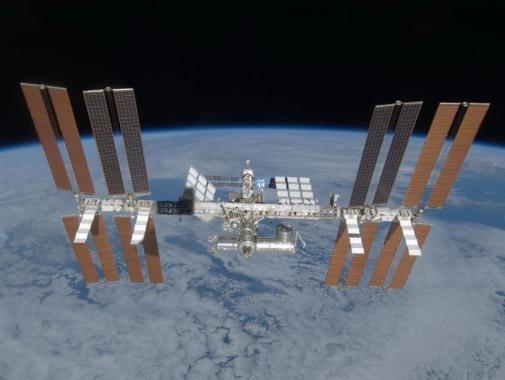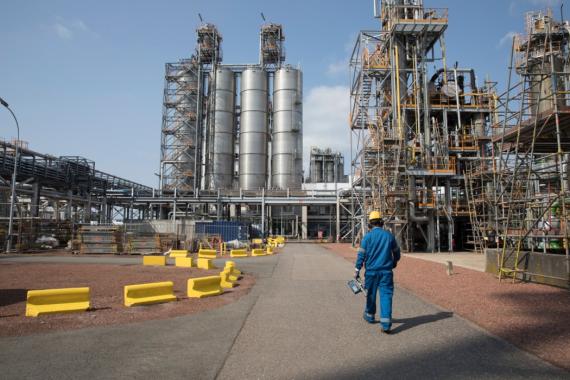The Internet of Things boosting your production… and much more !
While home automation equipment is multiplying and life without a smartphone seems impossible, the Internet of Things continues to conquer the world by becoming essential to industry 4.0 . We then speak of the Industrial Internet of Things, IIoT. From the production line to the management offices, the IIoT creates a network of interconnected objects and machines whose efficiency and wealth of data constitute one of the assets of the industry of the future. To jump on the bandwagon in this transformation which is already revolutionizing the industrial processes of the largest groups, find out how to develop your company into an intelligent and unbeatable factory.
What is the Internet of Things?
From home automation to the Industrial Internet of Things IIoT
The Internet of Objects, IoT in French and IoT for Internet of Things in English, corresponds to everyday objects connected to the Internet which transmit data to be analyzed to optimize their use and their functions . It is a new form of knowledge that aims for continuous improvement. We then speak of interoperability to designate the modification of the behavior of an object in response to another to perfect a result.
The industry saw in these uses opportunities to collect crucial information whose collection on a human scale remained utopian . Thanks to the Industrial Internet of Things, or IIoT, the industry is entering the era of big data .
An evolution made possible by networks
A bridge between the virtual world and real objects must be created through the establishment of communication infrastructures .
To transmit information, connected objects use local networks , such as Wifi, Ethernet or Bluetooth, or public networks, such as cellular networks .
These networks correspond for the first to unlicensed ISM frequencies, that is to say that no license is necessary to use them. An industry will thus be able to use SigFox or LoRaWAN (868 MHz) networks.
The second type of networks refers to the use of 4G and 5G on licensed frequency bands.
The choice of network depends on a number of parameters. Unlicensed networks seem attractive from an economic point of view, but they are subject to significant technical constraints . Depending on the country, the durations of emissions into the air are regulated and may limit uses. Before selecting your network, knowing the penetration rate required in buildings to be able to correctly retrieve the information is essential.
Cellular networks offer better performance, but their cost is higher and their energy consumption also. You will want to make sure to analyze all the advantages and disadvantages of each network beforehand, because your choice will determine the proper functioning of the implementation of the IIoT within your company.
How does the IIoT improve the functioning of an industry?
Assets that make the IIoT essential for the industry of the future
You may still be wondering if you should bring the Internet of Things into your industry, but chances are you already have. Industry 4.0 is mainly based on IIoT technology of which the digital twin, 3D printing or industrial robotics are part.
Applied to industry, the Internet of Things corresponds to the interconnection of tools and the digitization of processes to automate production and gain in:
- Productivity , due to better resource management leading to lower production costs, faster execution speed and more strategic planning
- Safety and comfort , since the IIoT makes it possible to relieve employees of repetitive, dangerous or pointless tasks
- Quality , through eliminating errors in repetitive tasks and focusing on customer needs to deliver effective products
- Innovation , with information whose relevance makes production evolve to perfectly meet demand without creating unnecessary values
Connected objects interact with each other, with an operator and with their environment while gaining autonomy.
Systems become more efficient while your employees are called upon exclusively for their know-how and expertise .
Your industry gains in efficiency to achieve excellence by delegating the tasks carried out by machines to connected objects.
Data at the center of IoT wealth
Connecting objects makes it possible to collect billions of crucial data to optimize the functioning of industry . It is moreover on this crucial phase that all the relevance of the Internet of Things rests.
An industry that does not know how to manage, collect, analyze and make decisions on the basis of available data is not using technology wisely to serve the industry of the future.
The Internet of Things extends to production and the supply of services to provide consumers with high-performance connected objects that improve their daily lives. The circle is complete since the home automation elements found in private homes are themselves optimized by a connected production chain.
From domestic comfort to the smart city, through the optimization of your production, evolving without the IIoT today seems utopian , even if we are only at the beginning of its use.
What are the examples of application of IoT to industry?
All industries use the IIoT, but the most innovative and revolutionary applications are found in biotechnology, agriculture, aviation and energy.
Improved productivity
With the Internet of Things, distances no longer represent a problem since the connection between the elements is made digitally.
You collect massive amounts of data about your plant's equipment to quickly service and repair machinery, especially for mobile equipment like delivery trucks. A considerable time saver for a company where every minute counts.
Consumption is monitored almost in real time to optimize processes at each stage and reduce costs . The energy transition benefits in particular from these new technologies which allow a reduction in consumption and waste.
Increased security
The Internet of Things makes it possible to increase the level of safety within the production chain itself by entrusting dangerous tasks or the transport of loads to machines. The chemical industry is taking advantage of the IoT to provide a safer workplace for its employees .
The quality of the final product increases to also improve safety in the use phase.
Optimized quality
The Internet of Things collects essential data to know the expectations of customers and the way in which the products sold are used. This is particularly the case in the aviation sector, which uses the IoT to meet demand and offer the best .
The permanent increase in product quality for unparalleled customer satisfaction is based on this scheme: a need = a response.
Functions that bring no added value to use, but represent creation costs, are simply deleted.
Constant innovation
Thanks to 169 megahertz technology, the energy sector collects information while providing advice on reducing energy consumption . This royalty-free frequency penetrates deep enough inside buildings to compile a wealth of data. Again, depending on your sector of activity, the choice of network is crucial.
Companies are created thanks to the Internet of Things, because new functionalities make it possible to meet needs which until then could not be met in a simple, fast and efficient way.
The industry of the future, far from eliminating jobs, is working towards the creation of new jobs that will appeal to new generations and surprise the most experienced .
What are the current limits of the IoT?
Just as robots are not about to replace humans, connected objects are nothing without human expertise .
The relevant and rigorous analysis of the data collected is essential to fully benefit from the advantages of the Internet of connected objects. We then understand all the better that it is only a tool which, despite the multiplication of sensors and connections, remains unusable without the expertise and intelligence of data scientists .
The complexity of the analysis lies in the need to cross several sources to obtain usable information . The data can furthermore be static or dynamic, which further increases the difficulty of the analysis mission.
Even if artificial intelligence suggests great prospects for development, the Internet of Things is still in its infancy. The possible uses remain for the most part unknown or under study. If your industry is embarking on the world of the future today, you are still among the pioneers!
What to expect with the Internet of Things in the future?
The Internet of Things makes it possible to gain in safety for finished products. However, the risks of hacking increase considerably for a hyperconnected factory. Industrial cybersecurity is part of each phase of production for greater connectivity without increasing the vulnerability of processes.
Companies are bringing the Internet of Things into their manufacturing and maintenance process despite the dangers involved, because neglecting the resulting gains is a strategic error .
In 2015, Accenture estimated an investment of $14.2 trillion in global production by 2030 for the IIoT. These figures are far from being overestimated despite the health crisis of 2020 which reinforces the usefulness of a connected world to maintain a level of production essential to a healthy economy .
Even if the industry of the future requires adaptation, the benefits are such that the future of the Internet of Things is assured in all industrial sectors.
Our other news
See allJoin the largest community of industrial suppliers
- Helping you with your ongoing technology watch
- Provide you with detailed supplier statistics
- Give you international visibility
Discover the largest catalogue of industrial products on the market
- To offer you the best catalogue of industrial products on the market
- To guarantee you a 100% secure platform
- Enable you to have live remote exchanges
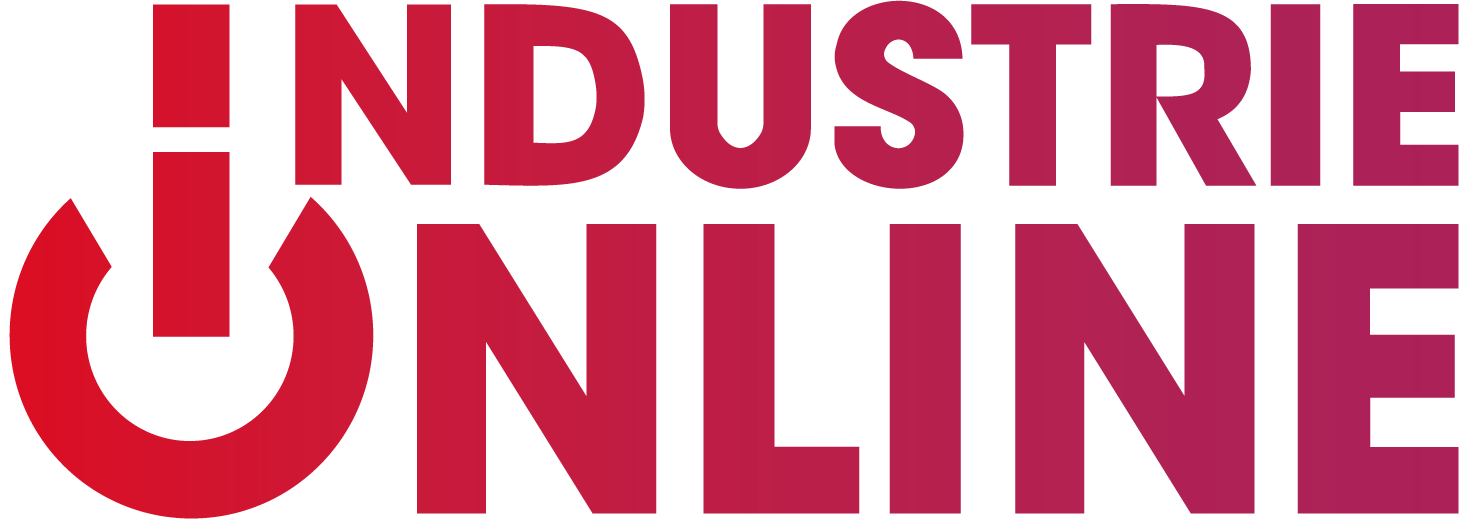

 Français
Français 